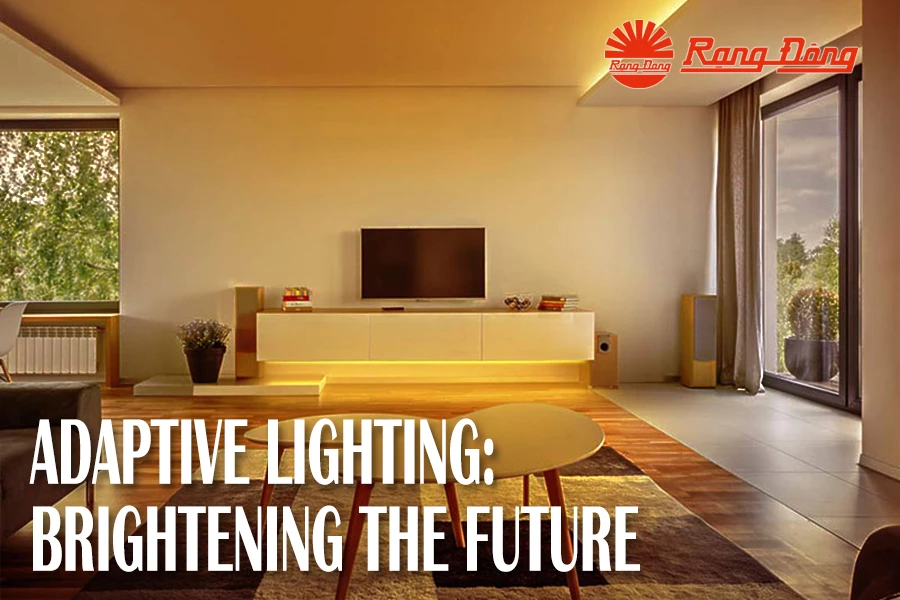Automated lighting is a revolutionary technology that has transformed the way we control and manage lighting in our homes, offices, and public spaces. With the ability to automate lighting systems, we can now enjoy greater convenience, energy efficiency, and enhanced safety. In this article, we will delve into the world of automated lighting, exploring its benefits, types, and applications.

Introduction to Automated Lighting
Automated lighting refers to the use of technology to control and regulate lighting systems without human intervention. This is achieved through the use of sensors, timers, and software that work in tandem to optimize lighting levels, reduce energy consumption, and improve overall lighting performance. Automated lighting systems can be integrated into various environments, including residential, commercial, and industrial settings.
Benefits of Automated Lighting
The benefits of automated lighting are numerous and significant. Some of the most notable advantages include:
- Energy Efficiency: Automated lighting systems can significantly reduce energy consumption by turning off lights when they are not needed, adjusting lighting levels based on natural light availability, and optimizing lighting usage patterns.
- Convenience: Automated lighting systems can be controlled remotely, allowing users to adjust lighting levels, schedules, and settings from anywhere, at any time.
- Enhanced Safety: Automated lighting systems can be programmed to turn on and off at specific times, reducing the risk of accidents and improving overall safety.
- Increased Property Value: Automated lighting systems can increase property value by enhancing the aesthetic appeal and functionality of a space.
- Cost Savings: Automated lighting systems can help reduce energy costs, prolong the lifespan of lighting fixtures, and minimize maintenance requirements.
Types of Automated Lighting Systems
There are several types of automated lighting systems available, each with its unique features and applications. Some of the most common types include:
- Timer-Based Systems: These systems use timers to control lighting schedules, turning lights on and off at pre-set times.
- Sensor-Based Systems: These systems use sensors to detect occupancy, natural light, and other environmental factors to adjust lighting levels.
- Smart Lighting Systems: These systems use advanced technologies, such as Wi-Fi and Bluetooth, to connect lighting devices and enable remote control and monitoring.
- Intelligent Lighting Systems: These systems use artificial intelligence and machine learning algorithms to optimize lighting levels, detect anomalies, and predict energy consumption.
Applications of Automated Lighting
Automated lighting systems have a wide range of applications across various industries and settings. Some of the most notable applications include:
- Residential Lighting: Automated lighting systems can be used to control lighting in homes, apartments, and condominiums, enhancing convenience, energy efficiency, and safety.
- Commercial Lighting: Automated lighting systems can be used to control lighting in offices, retail stores, restaurants, and other commercial spaces, reducing energy consumption and improving overall lighting performance.
- Industrial Lighting: Automated lighting systems can be used to control lighting in factories, warehouses, and other industrial settings, enhancing safety, efficiency, and productivity.
- Public Lighting: Automated lighting systems can be used to control lighting in public spaces, such as streets, parks, and plazas, improving safety, energy efficiency, and overall illumination.
How Automated Lighting Systems Work
Automated lighting systems typically consist of several components, including:
- Sensors: These detect environmental factors, such as occupancy, natural light, and temperature, to adjust lighting levels.
- Controllers: These receive data from sensors and timers to control lighting devices, such as LED lights, fluorescent lights, and incandescent bulbs.
- Networking: This enables communication between devices, allowing for remote control, monitoring, and optimization of lighting systems.
- Software: This provides a user-friendly interface to configure, monitor, and optimize lighting systems, as well as receive alerts and notifications.
Challenges and Limitations of Automated Lighting
While automated lighting systems offer numerous benefits, there are also challenges and limitations to consider. Some of the most notable challenges include:
- High Upfront Costs: Automated lighting systems can be expensive to install, particularly for large-scale applications.
- Complexity: Automated lighting systems can be complex to configure, requiring specialized knowledge and expertise.
- Interoperability: Automated lighting systems may not be compatible with all devices and systems, requiring additional hardware or software to ensure seamless integration.
- Cybersecurity: Automated lighting systems can be vulnerable to cyber threats, requiring robust security measures to protect against hacking and data breaches.
Frequently Asked Questions (FAQs)
- What is automated lighting?
Automated lighting refers to the use of technology to control and regulate lighting systems without human intervention. - What are the benefits of automated lighting?
The benefits of automated lighting include energy efficiency, convenience, enhanced safety, increased property value, and cost savings. - What types of automated lighting systems are available?
There are several types of automated lighting systems, including timer-based, sensor-based, smart lighting, and intelligent lighting systems. - Can automated lighting systems be integrated with other smart home devices?
Yes, automated lighting systems can be integrated with other smart home devices, such as thermostats, security systems, and entertainment systems. - Are automated lighting systems secure?
Automated lighting systems can be vulnerable to cyber threats, requiring robust security measures to protect against hacking and data breaches.
Conclusion
Automated lighting systems are revolutionizing the way we control and manage lighting in our homes, offices, and public spaces. With their numerous benefits, including energy efficiency, convenience, and enhanced safety, automated lighting systems are becoming increasingly popular across various industries and settings. While there are challenges and limitations to consider, the advantages of automated lighting systems far outweigh the drawbacks. As technology continues to evolve, we can expect to see even more innovative and integrated automated lighting solutions that transform the way we experience and interact with light. Whether you’re a homeowner, business owner, or facility manager, automated lighting systems are definitely worth considering for their ability to enhance convenience, efficiency, and overall lighting performance.
Closure
Thus, we hope this article has provided valuable insights into Automated Lighting: The Future of Illumination. We hope you find this article informative and beneficial. See you in our next article!